The International Union for Conservation of Nature and Natural Resources (IUCN) has regularly published its Red List of Threatened Species since 1964. The Red List also indicates the general state of biodiversity, which is why it is a valuable source of information not only for conservation organisations. The Red List divides animal and plant species into nine categories, from ‘not evaluated’ to ‘extinct’. ‘Vulnerable’ and ‘endangered’ are the most relevant categories, as they most clearly demonstrate the threat level. Both categories have continued to expand recently.
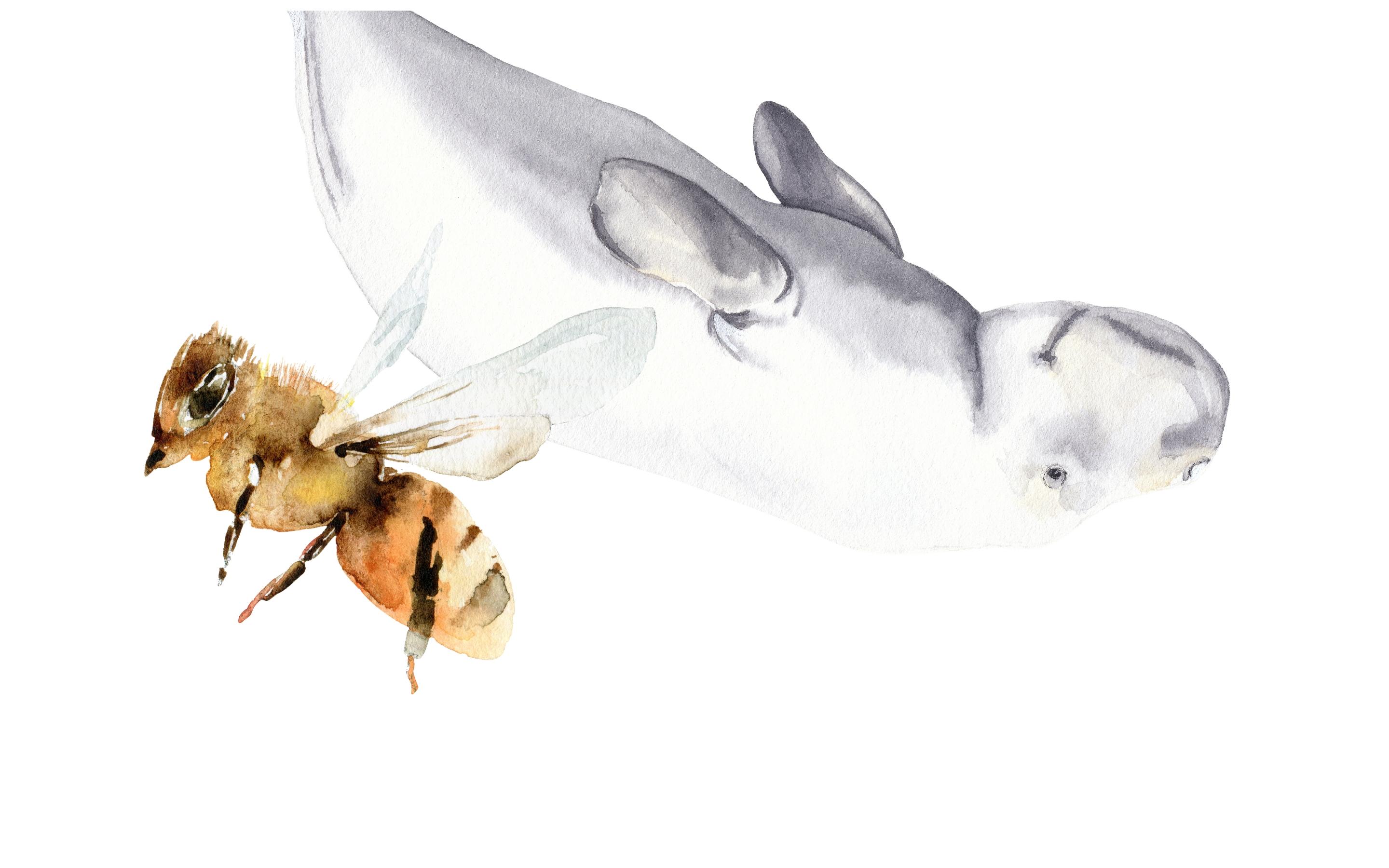
Extinction – diversity under threat
Our natural environment is being lost at an unprecedented pace. Biodiversity is vanishing everywhere, with both ecosystems and species affected.
Over 42,000 species are currently on the IUCN Red List of Threatened Species. They include 41 per cent of the world’s amphibian species, 37 per cent of sharks and rays, 36 per cent of reef corals, 34 per cent of conifers and 28 per cent of selected crustaceans. Forecasts that factor in other variables, such as undocumented species and climate change, put the number of species that could become extinct by 2050 at as high as one million.
What is causing species loss?
Human activity is largely responsible, because we are destroying habitats, polluting the environment, and ruthlessly depleting natural resources. Given this unprecedented, drastic over-exploitation of the natural environment, scientists today talk about the sixth mass extinction in the history of our planet.
Below, we present some of the species that are still fighting for survival. Even this small selection demonstrates that every species has an important role to play in the complex web of our natural environment.
Dugong
Dugongs, commonly known as ‘sea cows’, live in the shallow coastal waters of the Indian Ocean. They graze mainly on sea grasses, thus encouraging regrowth. The sea grass meadows act as a carbon sink, slow currents, and keep the water clear. They produce the oxygen that other marine creatures need to survive. Sea grass meadows are also important habitats for other species, including crabs and turtles.
Dugongs are endangered primarily because of maritime pollution, which is decimating sea grass stocks. Industrial fishing is also a threat, partly because dugongs regularly get caught in fishing nets.

Baird’s tapir
The Baird’s tapir, or Central American tapir, is a mammal that makes its home in tropical rainforests, from northern Colombia to southern Mexico. Its only natural predators are pumas and jaguars. If this tapir were to become extinct, the entire complex web of food chains would unravel. Tapirs also eat fruit and seeds, which are not fully digested. They pass through the tapir’s digestive system and are excreted at a different place, helping plants to spread.
Tapirs are endangered mainly because the rainforests are being felled to make space for farmland or building land, destroying their natural habitat.
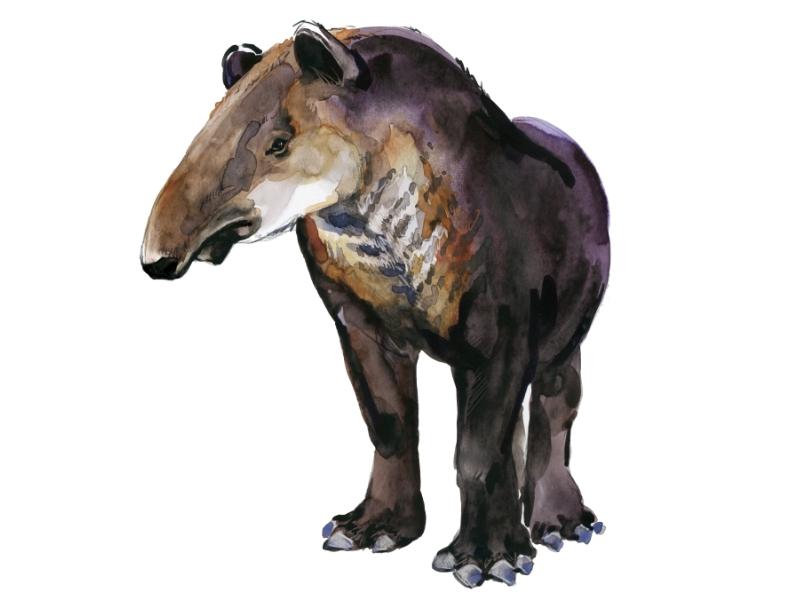
Komodo dragon
This lizard species lives in the savannah and forests of some parts of Indonesia. They are at the top of the food chain and the largest carnivores in their habitat. These predators thus regulate the stocks of other animals, preventing overpopulations of other species, which would have repercussions. An overpopulation of rodents, for instance, would threaten plant stocks.
Although Komodo dragons have no natural enemies, they are endangered – threatened by human activity. Their habitats are vanishing, and they are being forced out of their ecosystem.
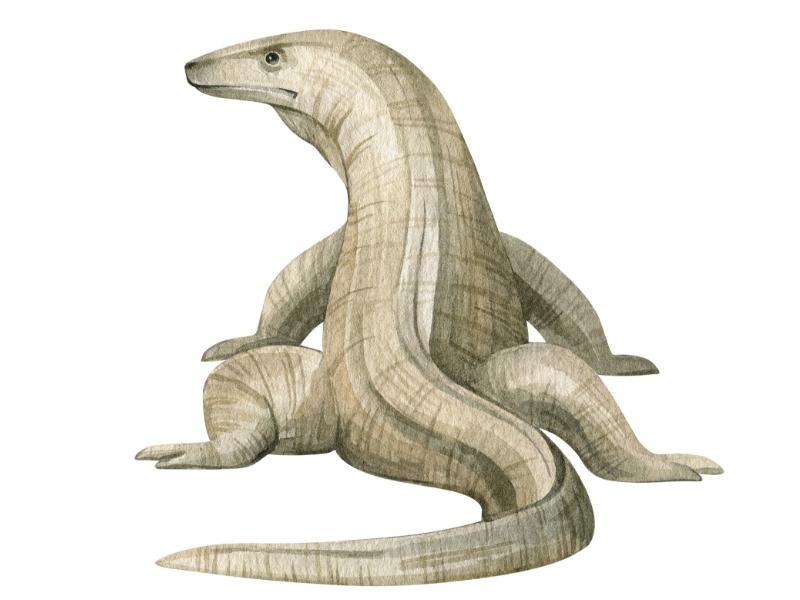
Eastern honey bee
Farmers in the Chinese Province of Sichuan are facing a serious problem. They are having to pollinate their fruit trees by hand because of a dramatic decline in the eastern honey bee population. It is an arduous, time-consuming job. They need to climb up ladders and pollinate every single blossom individually. But without pollination, the trees bear no fruit.
No one knows exactly how endangered the eastern honey bee is. But it is clear that the spread of agriculture is a major threat, as farmland increasingly encroaches on its natural habitat. Pesticides are another risk.
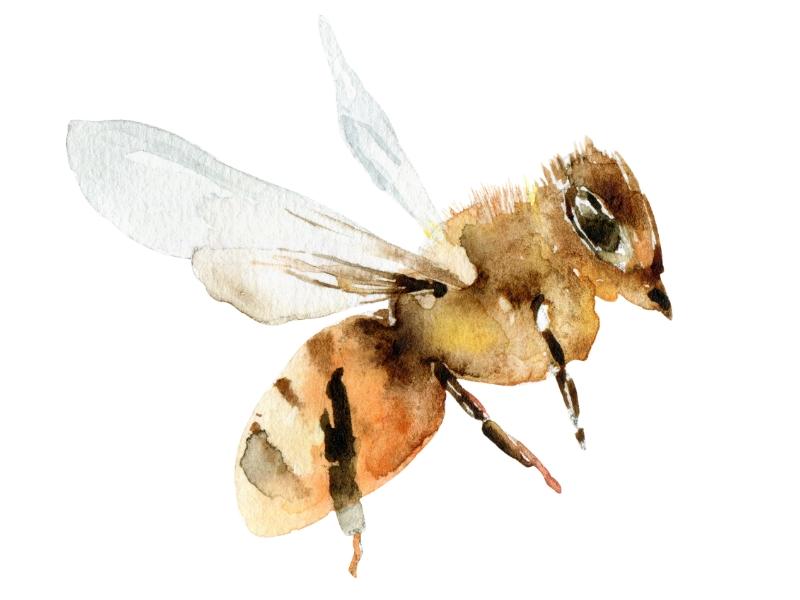
Balsa tree
The balsa tree is a member of the Malvaceae family, and is most often found near rivers in Ecuador. With their strong roots, balsa trees safeguard the riverbanks against erosion, thus also protecting the soil and other plants and animals that depend on the shelter afforded by the roots. They also offer a habitat for a number of bird species; their nectar-rich blossoms provide food for numerous insects. Balsa wood is very light, making it much sought after in industry. It is used, for instance, in the rotor blades of wind turbines.
The characteristics that make balsa wood valuable are the very ones that are threatening its existence. Balsa trees are being felled faster than they can regrow.
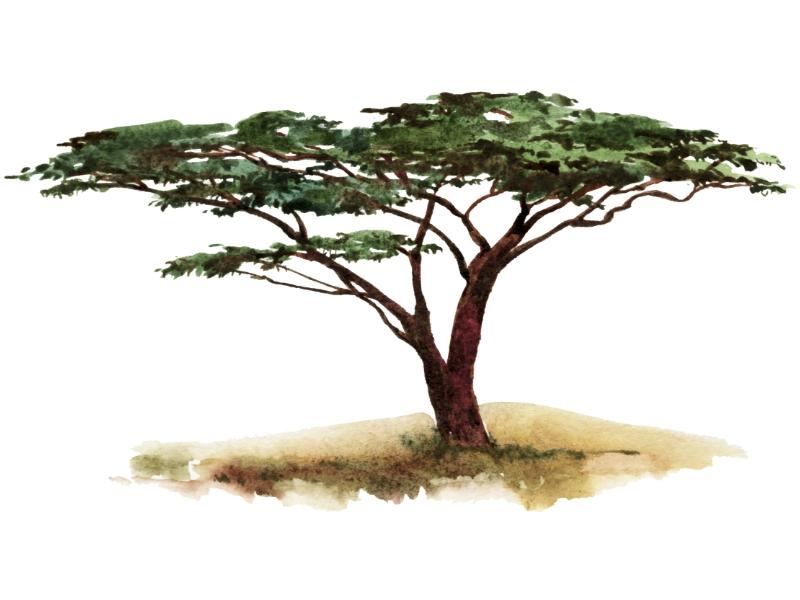
More information online
- The Red List of Threatened Species (IUNC)
- Sharks, explained (National Geographic)
- Dugong | Species (WWF)
- Tapirs: Gardeners of the Tropical Forest; Tropical Engineers of the Amazon Rain Forest. (The Quagga)
- Varanus komodoensis (Komodo Dragon) (IUCN)
- Pollinating Orchards By Hand | Lessons From Sichuan, China (Food unfolded)
- Ecuador: Don’t plunder the rainforest for wind energy (Rainforest Rescue)